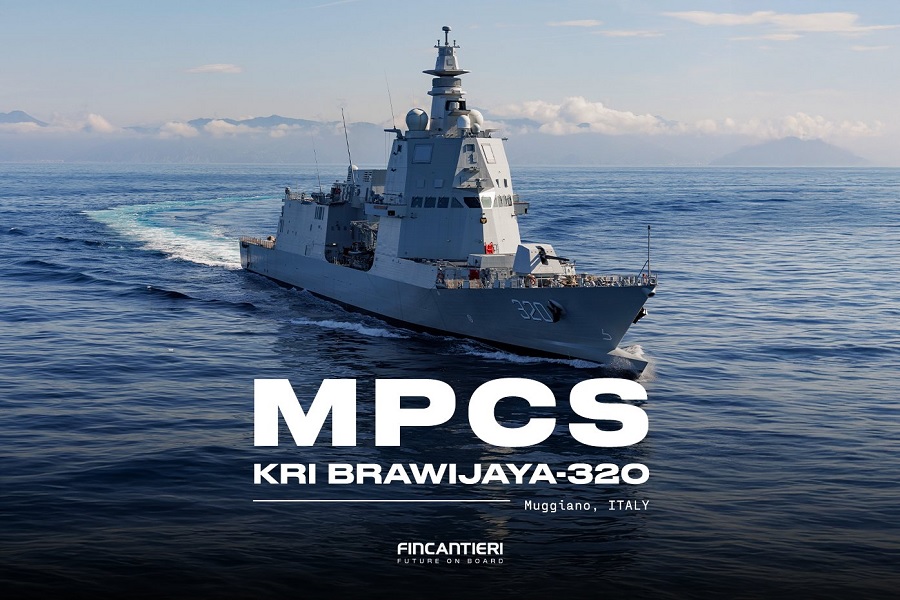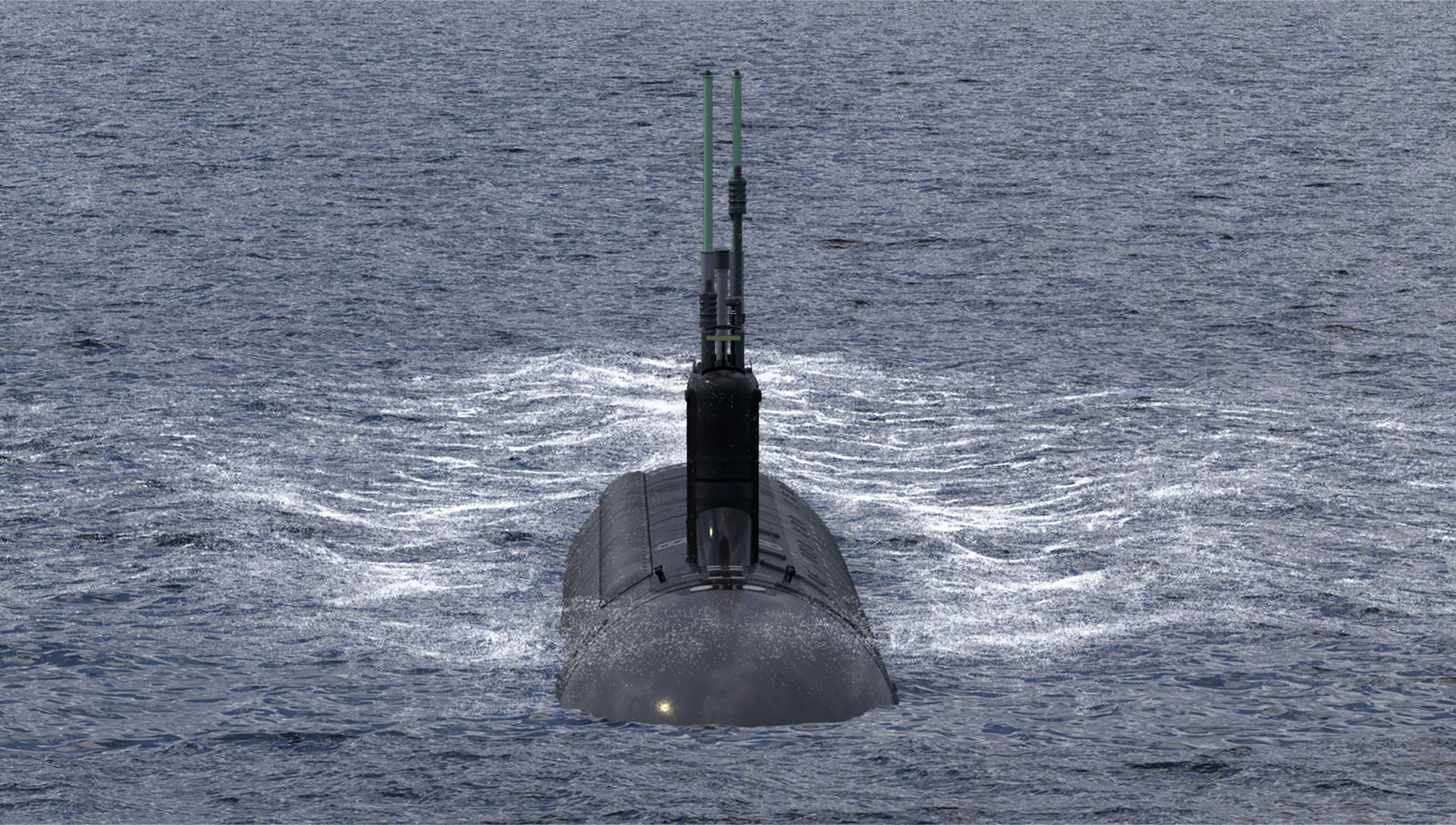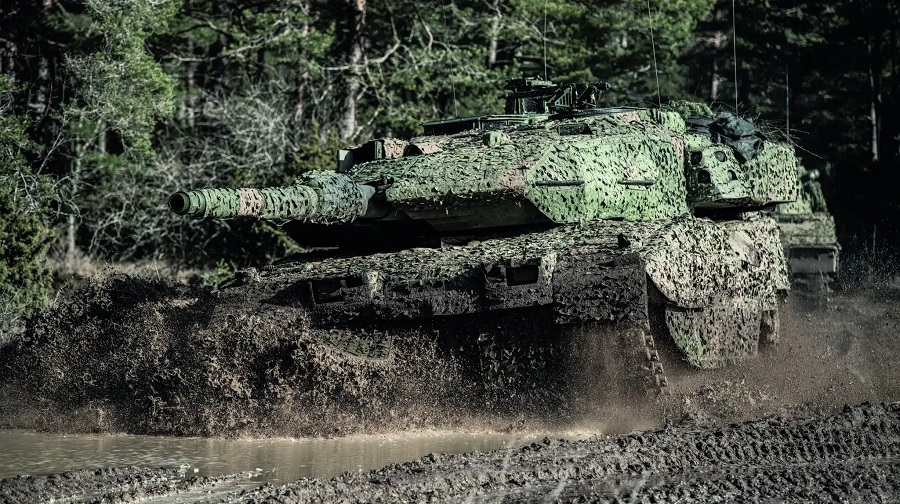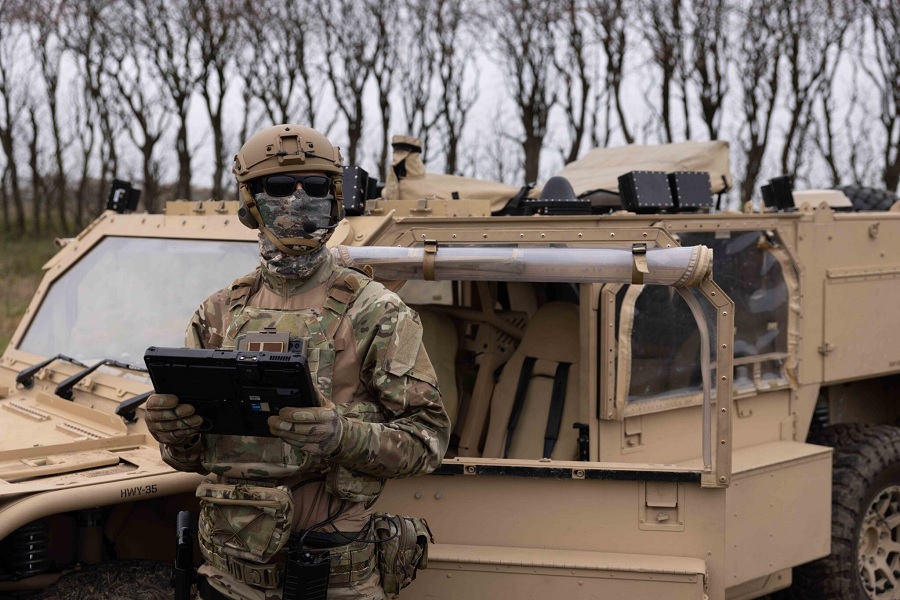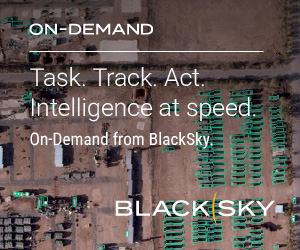The company won out over the other top manufacturers in the market in an open competition, thanks to the best technically rated and most competitive proposal. It has thus won its largest air traffic management (ATM) contract to provide surveillance for a large and technologically advanced country: Germany, which operates many key routes in Europe.
The project will enhance the safety, capacity, efficiency and environmental friendliness of air traffic in the country and help reduce CO2 emissions.
Indra’s technology will replace the systems currently in operation, which are reaching the end of their useful life. More specifically, the company will deploy a minimum of 23 new sensors, 19 of them equipped with a primary PSR radar and a secondary mode S radar, and four stations with secondary mode S radars only. They will be used for en-route air traffic surveillance and approaches to Germany’s main airports.

Due to the efficient surveillance network structure the installation of interims sensors and their relocation to their final facilities will be necessary. Therefore, up to 42 installation, implementation, optimisation and cutover activities on site will be indispensable to be carried out.
“We’re very proud that a demanding and top-tier customer such as DFS has once again placed its trust in Indra, in our technology and in the ability of our teams to undertake such an ambitious and complex renovation project, one we’re sure will become a landmark in European and global terms. We have a proven track record of collaboration with DFS behind us in the iTEC partnership to make the Single European Sky a reality, and this new project will constitute a further step in moving forward together towards safer and more efficient air traffic with a smaller environmental footprint”, declared Indra CEO Ignacio Mataix.
“We look forward to modernizing our critical infrastructure of surveillance radar technology, while reducing lifecycle costs and CO2 emissions through reduced power consumption and modernizing building sites. Sustainability is key in every decision we take. With Indra’s technological capabilities we will help to meet our requirements for the complex airspace over Germany in the heart of Europe,” said CEO of DFS, Arndt Schoenemann.
A boost for digitalization
Indra’s radars comply with the highest quality standards and incorporate the most advanced digital technologies, including GaN-based transmitters, fully digital signal processing and non-linear multi-sensor tracking algorithms. The RMMS radar control and monitoring system is implemented on a private cloud with big data features and predictive maintenance capabilities by means of machine learning mechanisms.
The radars can thus ensure an extremely accurate view of air movements and facilitate much more efficient and safer flight management, including in situations with clutter, interferences and anomalies caused by bad weather and steep terrain.
The information collected by the primary radars is, in turn, complemented by that received by Indra’s MSSR secondary radars, the most advanced of their kind in the market, with the capacity to selectively interrogate and identify aircraft, which in turn cross-references information received from the integrated ADS-B systems, improving the radar’s detection capability and reduces excessive re-interrogations. This mode S system is a solution with a high radar performance that provides great flexibility by adapting to the customer’s needs.
The new radars also incorporate advanced techniques and algorithms developed in-house by Indra to mitigate the reflections and noise caused by wind turbines and solar panels that tend to affect the signal. This pioneering capacity overcomes a technical and operational challenge for airports and allows these kinds of installations to be located in the vicinity of radars, eliminating any obstacle to the production of renewable energies.
This unique project for DFS will reinforce Indra as the leading global company in the sector, which is developing the solutions set to transform air navigation in the coming years. The company has deployed more than 6,000 installations in 180 countries and its systems have supported the safety of more than 200 million landings at 1,400 airports.













